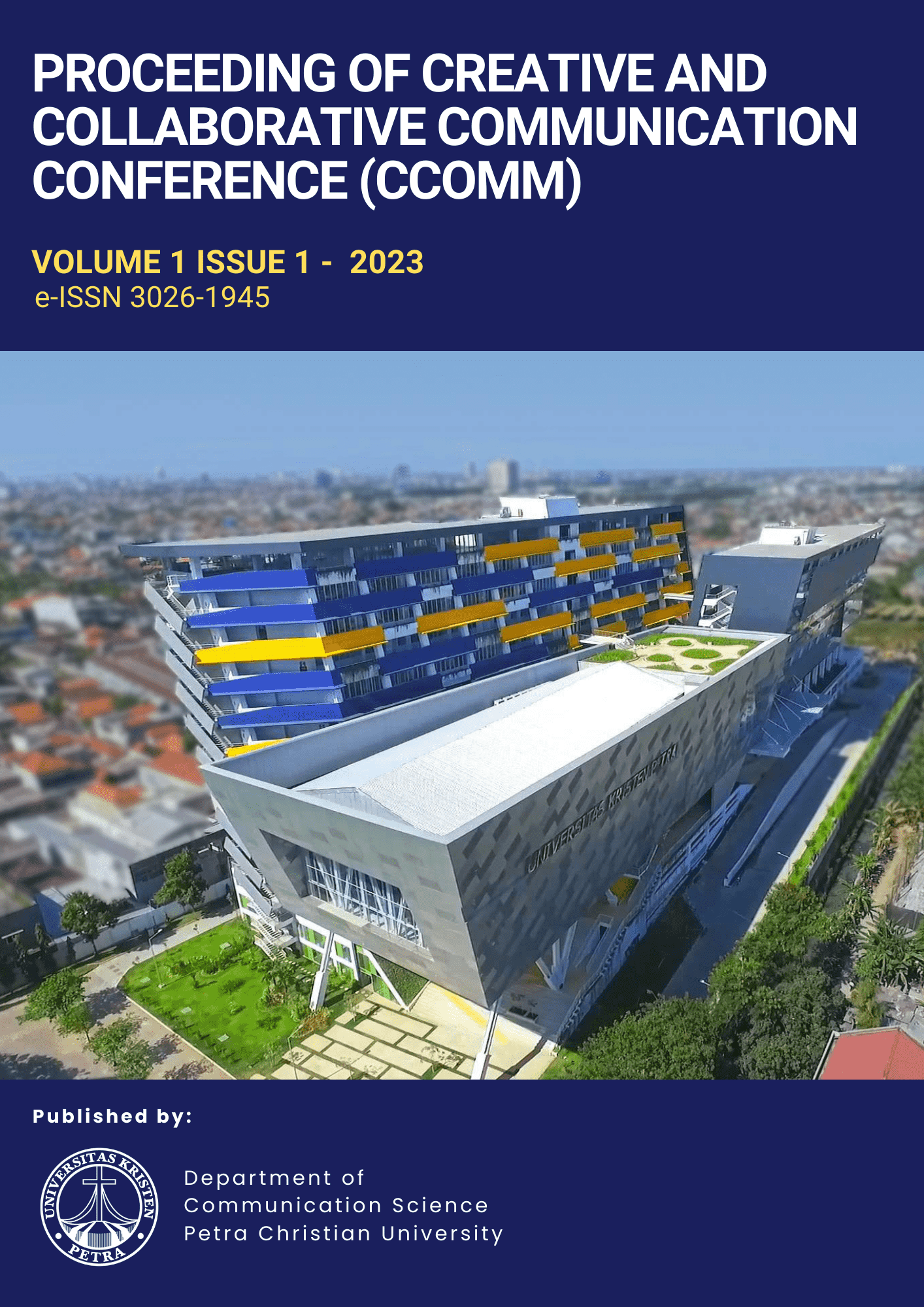Power Representation Of Cirebon Sultanate (Kasepuhan And Kanoman Palace) On Social Media Instagram
Keywords:
Representation, Kasepuhan and Kanoman Cirebon Palace, Instagram, Power, Political PracticesAbstract
The development of media technology affected the way power relations are used, such as in the political practices of Palace institutions. Through mainstream online media, the Palace's internal dynamics are increasingly open to the public. On the other hand, the Palace institution is also increasingly aware that the presence of new media, in this case social media, can be used for the potential benefit of individuals or groups. This study aims to understand and examine how the texts on Instagram represent the power practices of the Kasepuhan and Kanoman Palaces, and what the differences are. This research is a qualitative study with a political representation theory approach, which is used to analyze and dismantle the practices of power 'text' production in Instagram Kasepuhan and Kanoman Palace. The method of data collection includes a literature review, documentation study, and observation of Instagram content from the official accounts Kasepuhan and Kanoman Palace. The main theory used is the theory of representation by Stuart Hall, elaborated with the theory of power by Foucault. Stuart Hall defines representation as the production of the meaning of concepts in our minds through language. The results of the study show that the Kasepuhan and Kanoman Palaces display their forms of power in different ways, including the style of packaging their content, the use of symbols of their power, heirlooms, traditional rituals, events that involve the Palace with indigenous peoples, communities, state apparatus, and so on, featured on Instagram. Their power practices on social media aim to reinforce their political views while also making efforts to show their dominance and authority.



